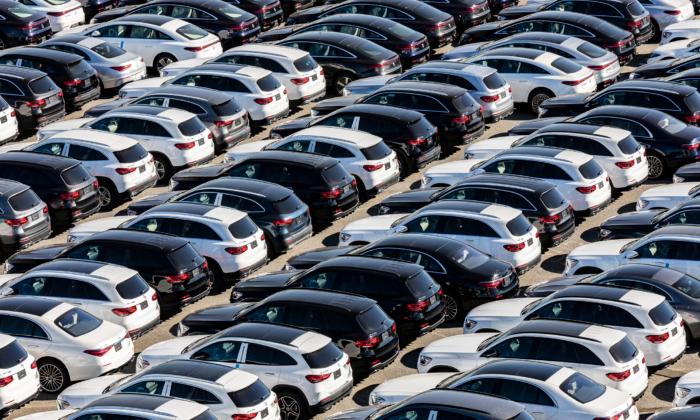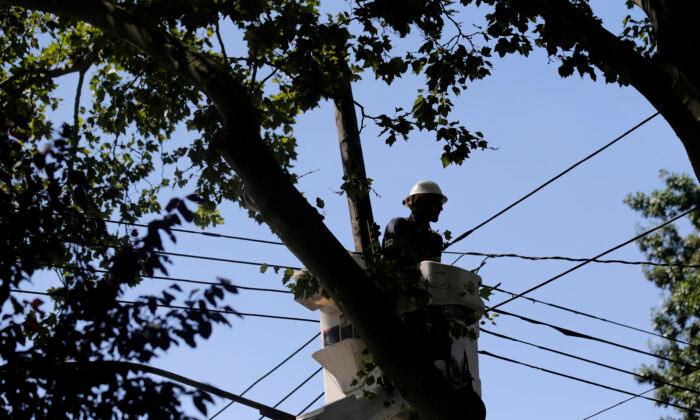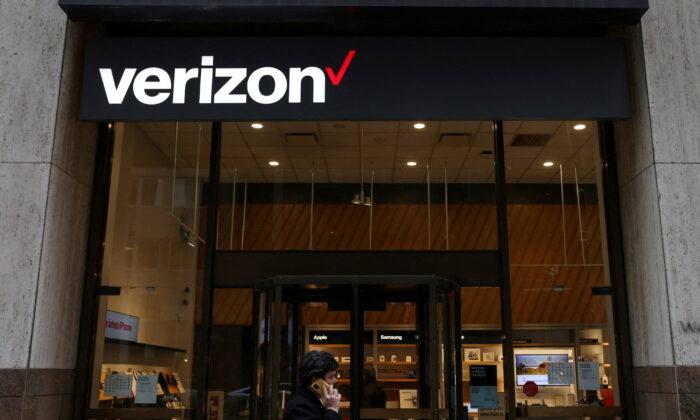Inventory of new vehicles decreased in April by 7.4 percent month over month and was down by 10.5 percent from last year, according to automotive services company Cox Automotive.
“Some automakers are likely holding the line on deliveries and production, as everyone struggles with the uncertainty surrounding the administration’s tariff policies.
“As automakers prepare to bring 2026 model year vehicles to showrooms and introduce post-tariff-announcement pricing, inventory is expected to rise, but higher prices may further slow the pace of sales.”
While inventory tightens, Cox noted a “sharp decline” in new vehicle affordability amid rising prices.
At the end of April, the average listing price of a new vehicle stood at $48,656, up $774 from the beginning of the month and higher by $1,318 from a year back. In addition, the estimated average auto loan rate went up by four basis points for the month.
The average monthly payment in April increased by 3 percent to $753, which Cox said was the highest monthly payment since December.
“New-vehicle affordability declined in April to the worst level yet this year as the bite of higher prices and lower incentives turned around an improving trend,” said Cox Automotive Chief Economist Jonathan Smoke.
“After steady improvements in affordability throughout 2025, we saw a significant setback in April with median weeks of income needed to buy an average new vehicle increasing by a full week.”
The order is aimed at preventing automakers from being subject to overlapping duties. As such, while they will pay 25 percent for foreign auto imports, other duties such as the 25 percent tariff on steel or aluminum won’t be applied, to prevent multiple charges from being stacked together.
“This is designed to allow all of the domestic auto manufacturers to grow their plants, to grow new employment, and to build more factories in America,” a Commerce Department official told reporters.
Boosting Domestic Production
In an April 29 fact sheet, the White House detailed the scale of the decline of U.S. automobile production over the past decades.While foreign auto industries have expanded due to aggressive industrial policies and unfair subsidies provided by their home nations, production in America has fallen, it said.
“In 1985, American-owned facilities in the United States manufactured 11.0 million automobiles, representing 97 percent of overall domestic (American- and foreign-owned) production of automobiles,” the fact sheet reads.
“In 2024, Americans bought approximately 16 million cars, SUVs, and light trucks, and 50 percent of these vehicles were imports (8 million).”
Tariffs are expected to help the American auto manufacturing sector recover.
Meanwhile, several auto companies have announced investments in the United States.
In March, Hyundai Executive Chairman Chung Eui-sun announced a $20 billion investment in the country. Last month, Honda Motor Co. said it would shift the production of its five-door Civic hybrid model vehicle from Japan to Indiana.
On May 1, Mercedes-Benz announced it plans to localize a new vehicle in Tuscaloosa, Alabama.
“It’s a natural step to bring a further model to Alabama as part of a strategy to deepen our commitment to the United States, a market, which has been our home for more than a century,” said Ola Kallenius, chairman of the company’s board of management.







